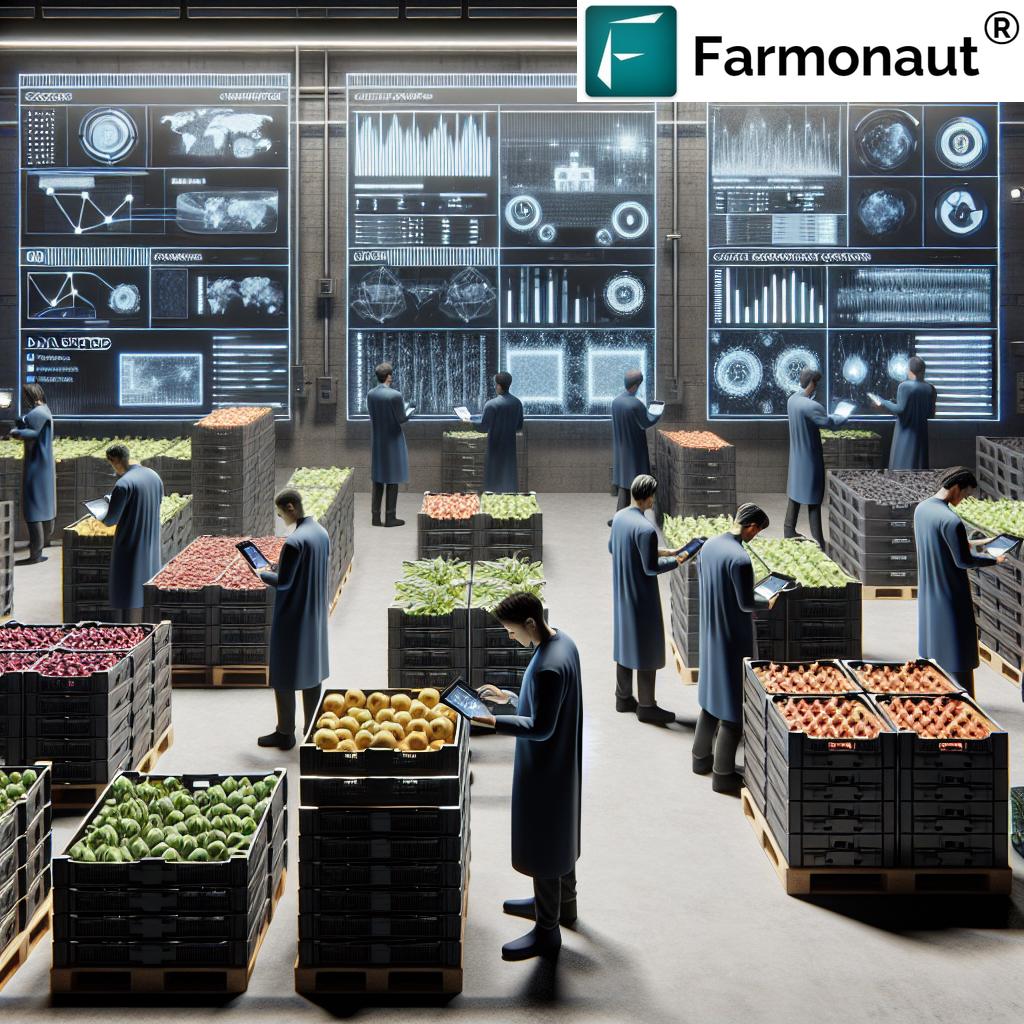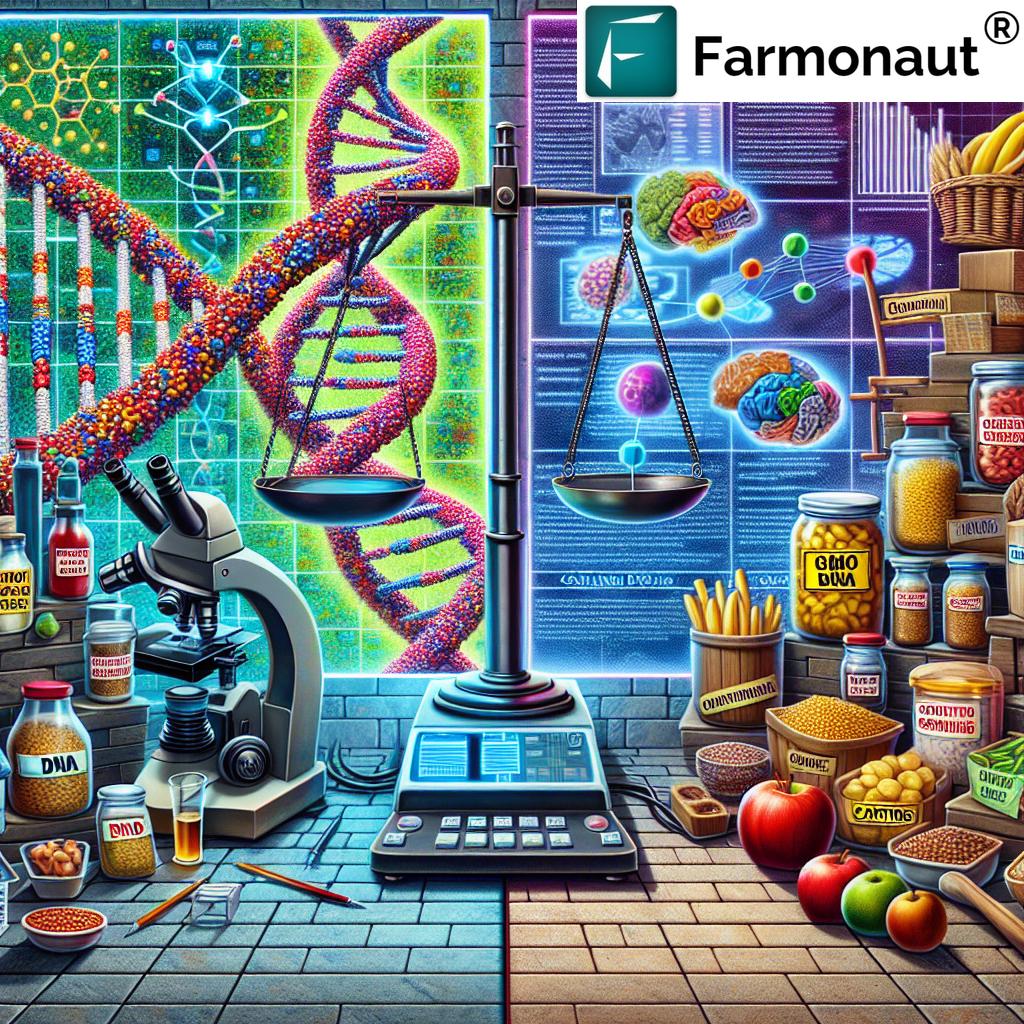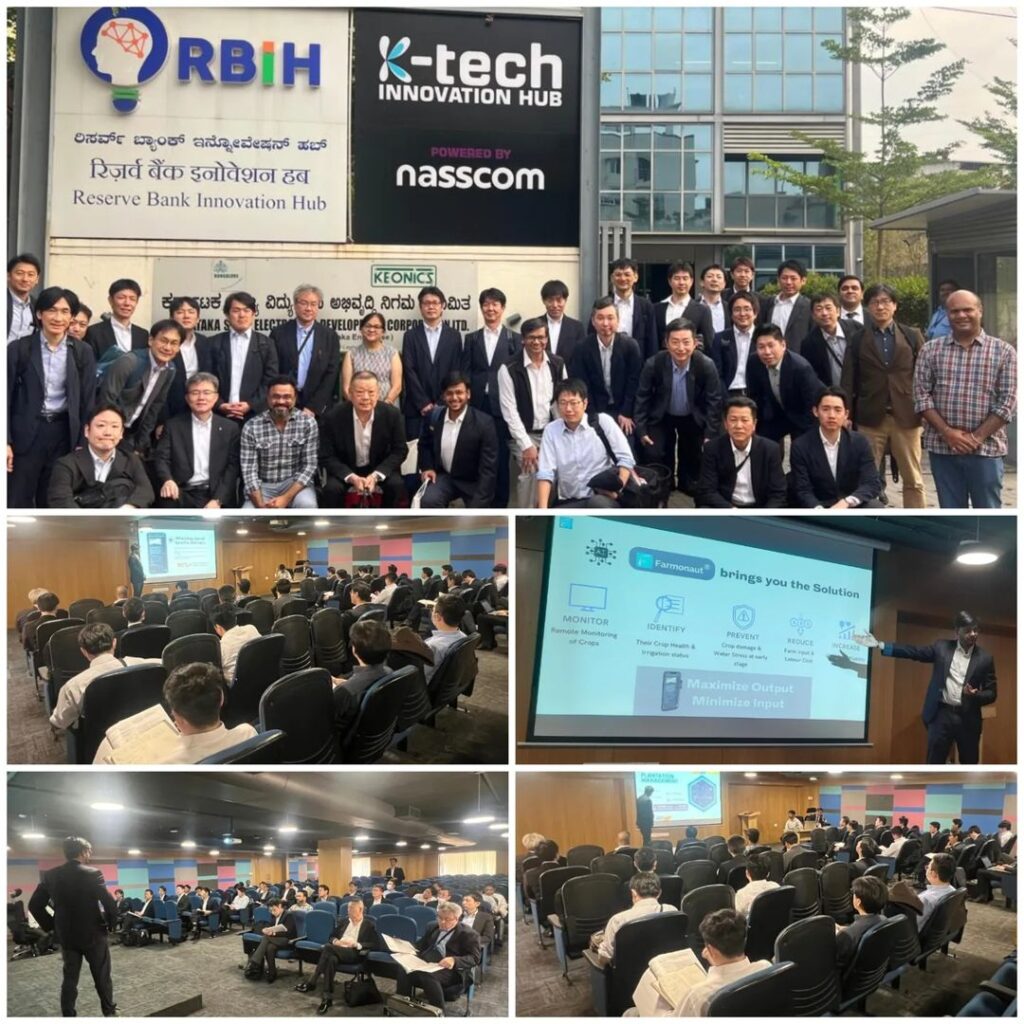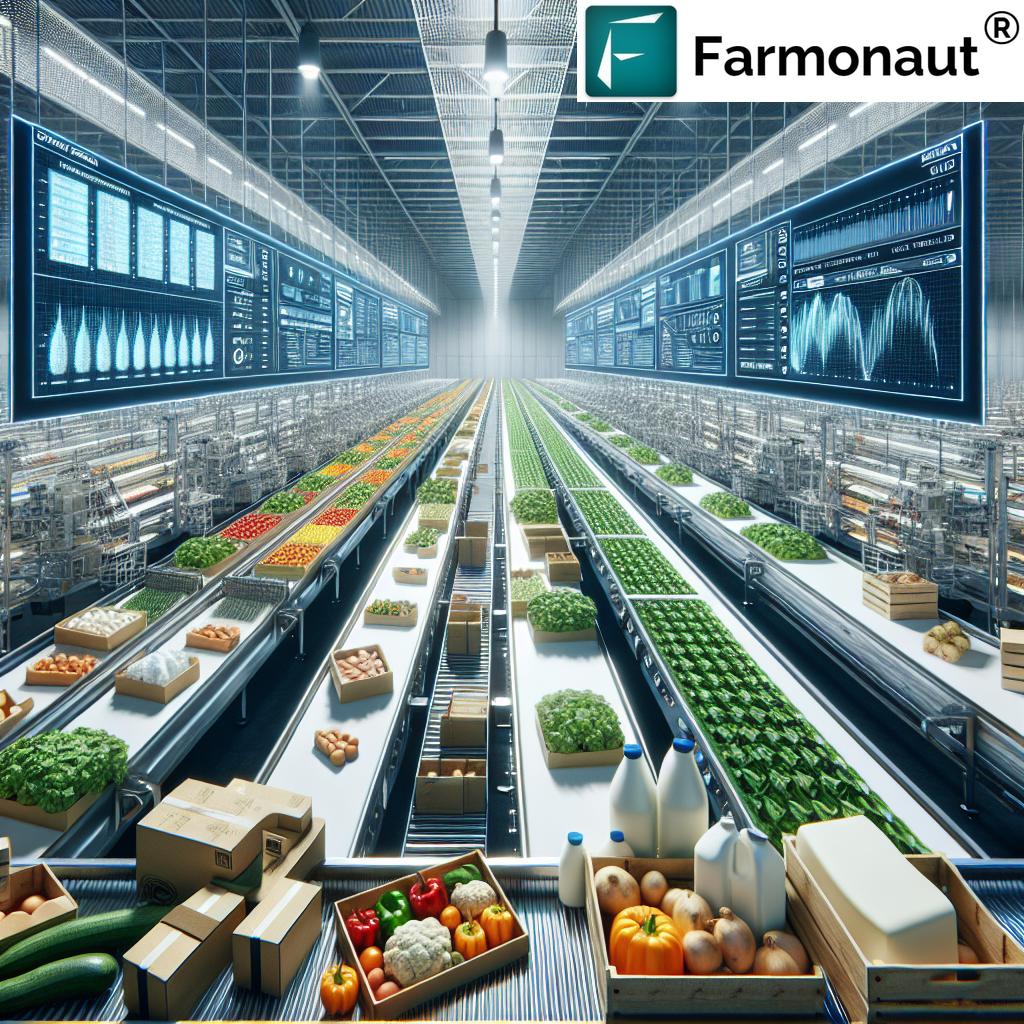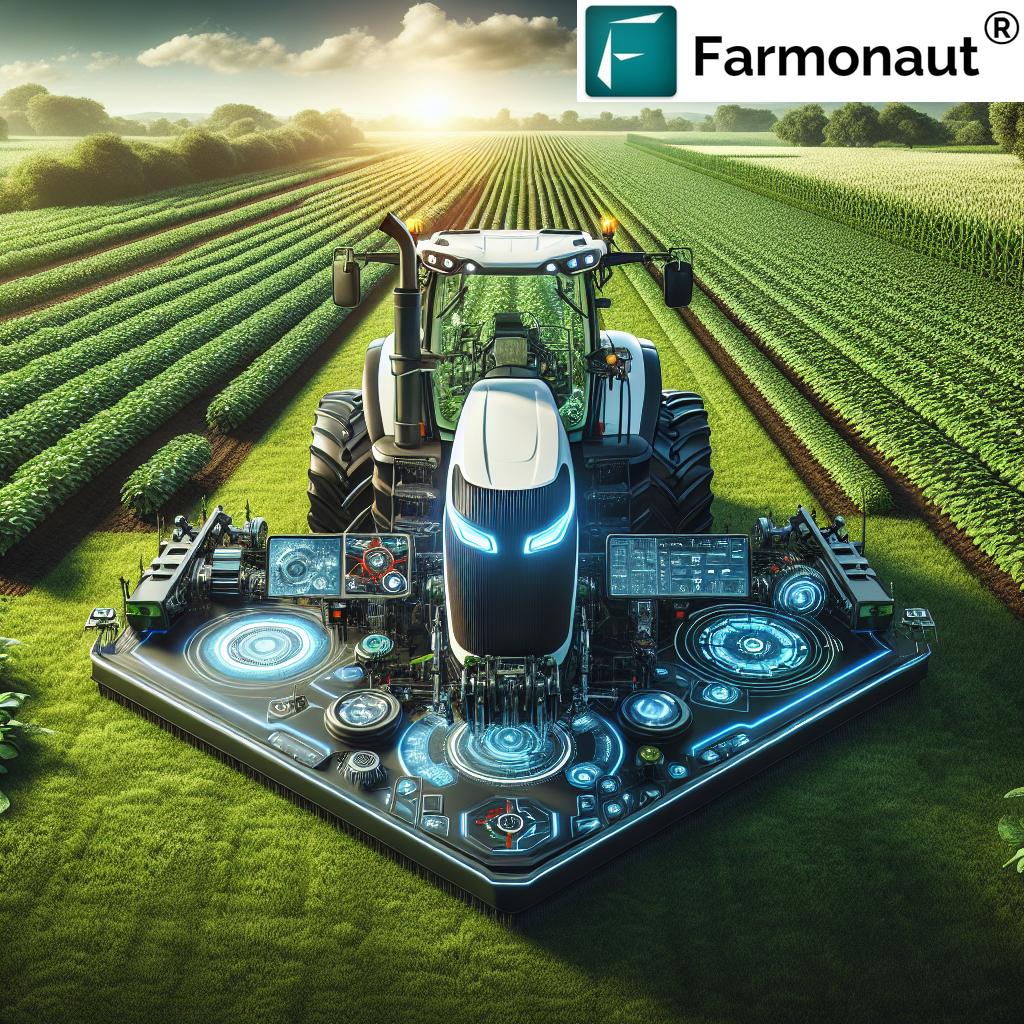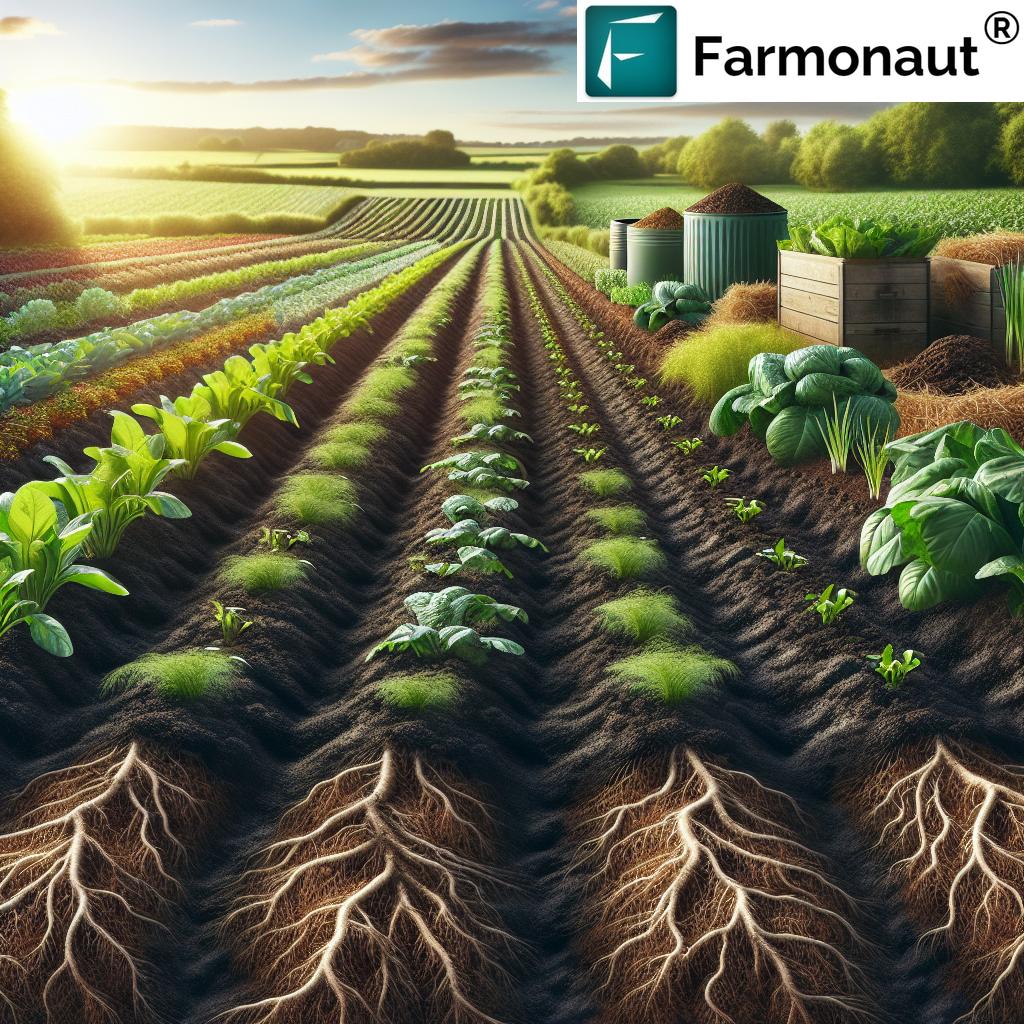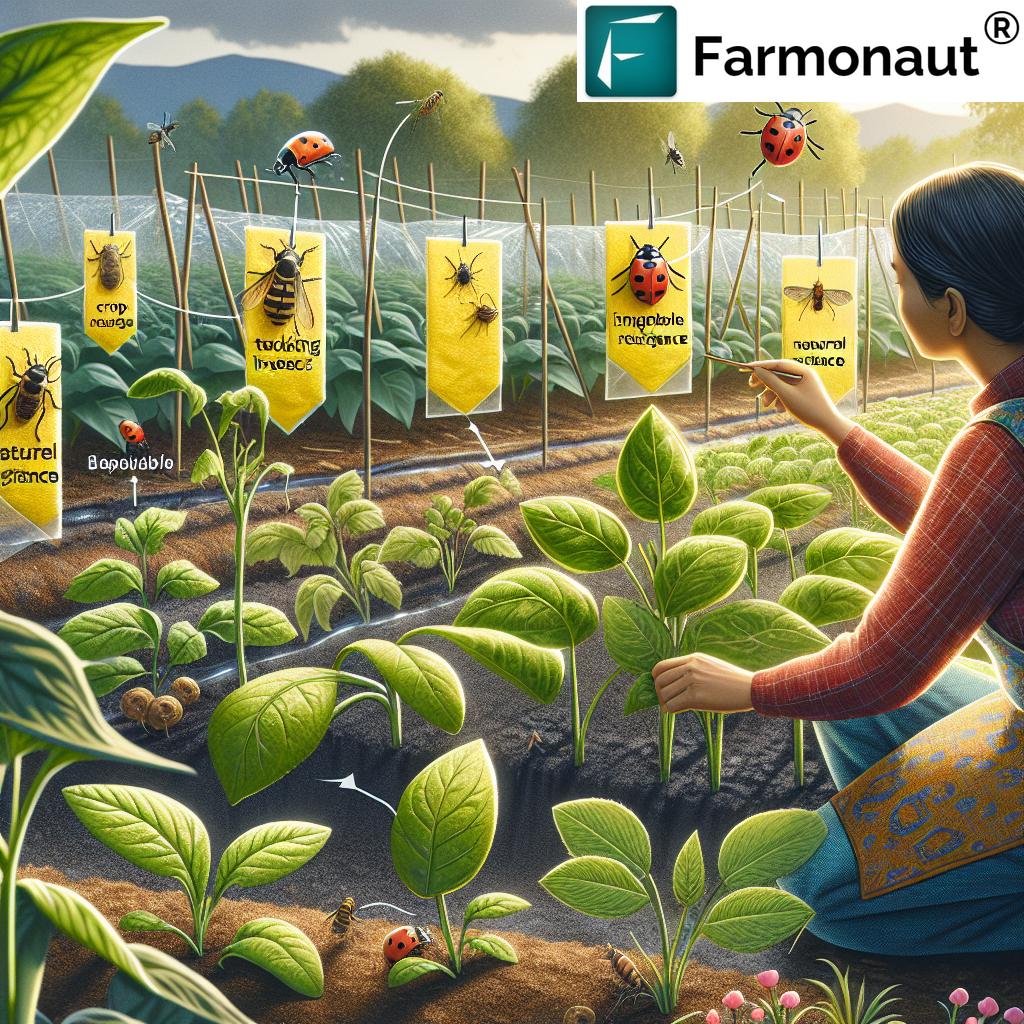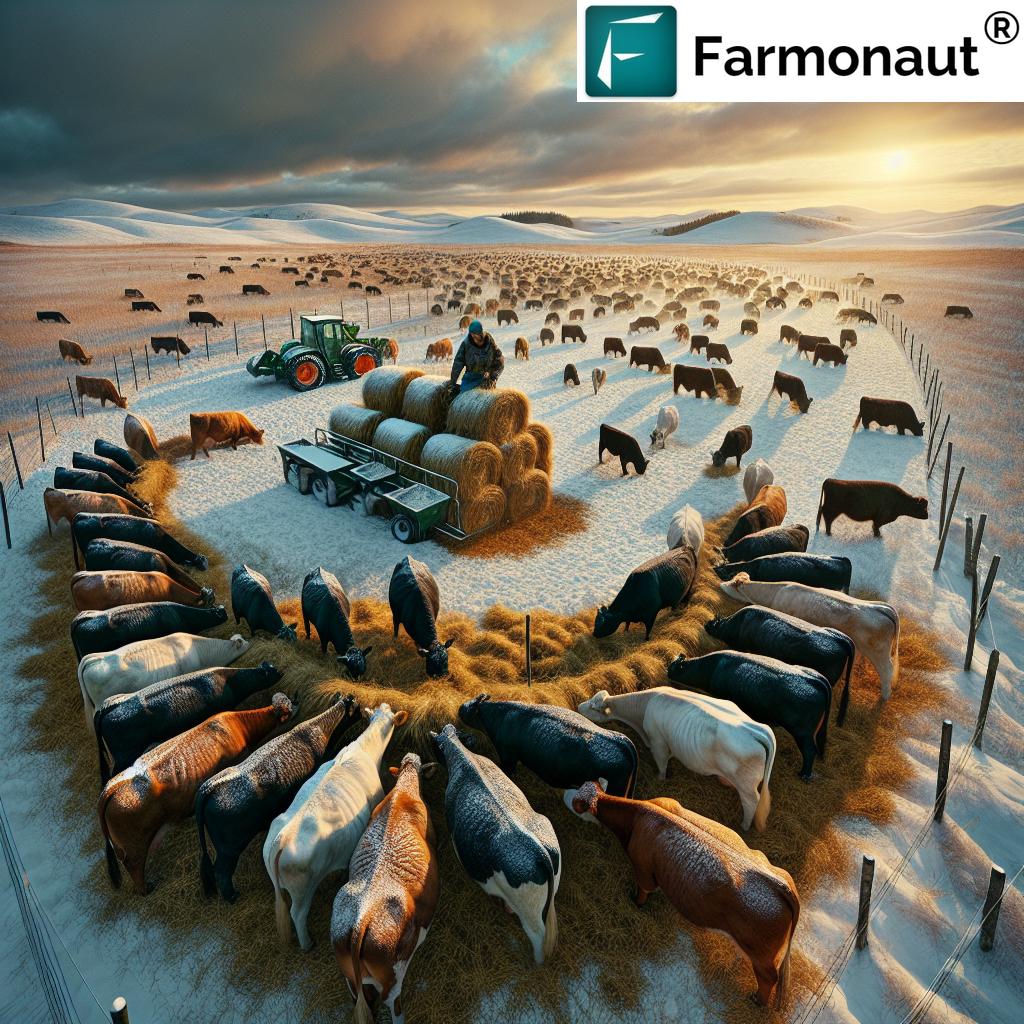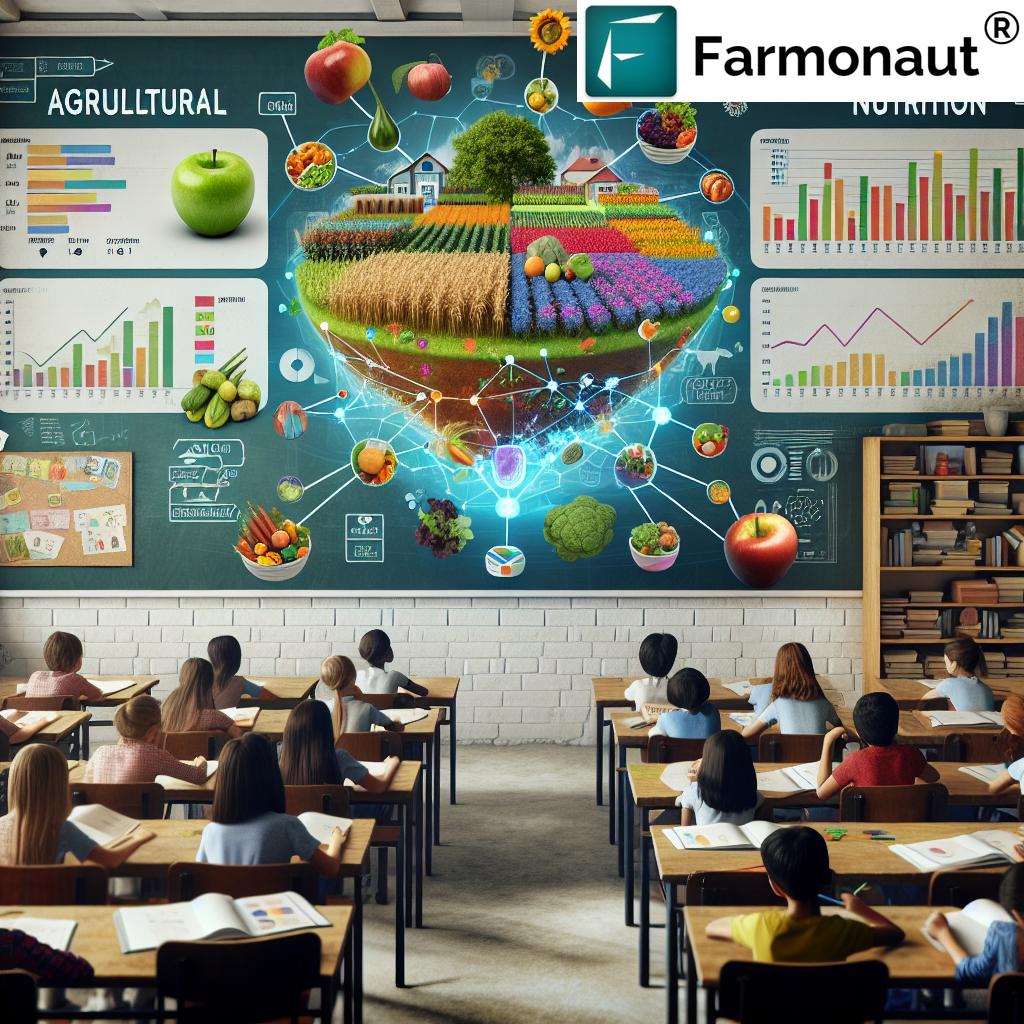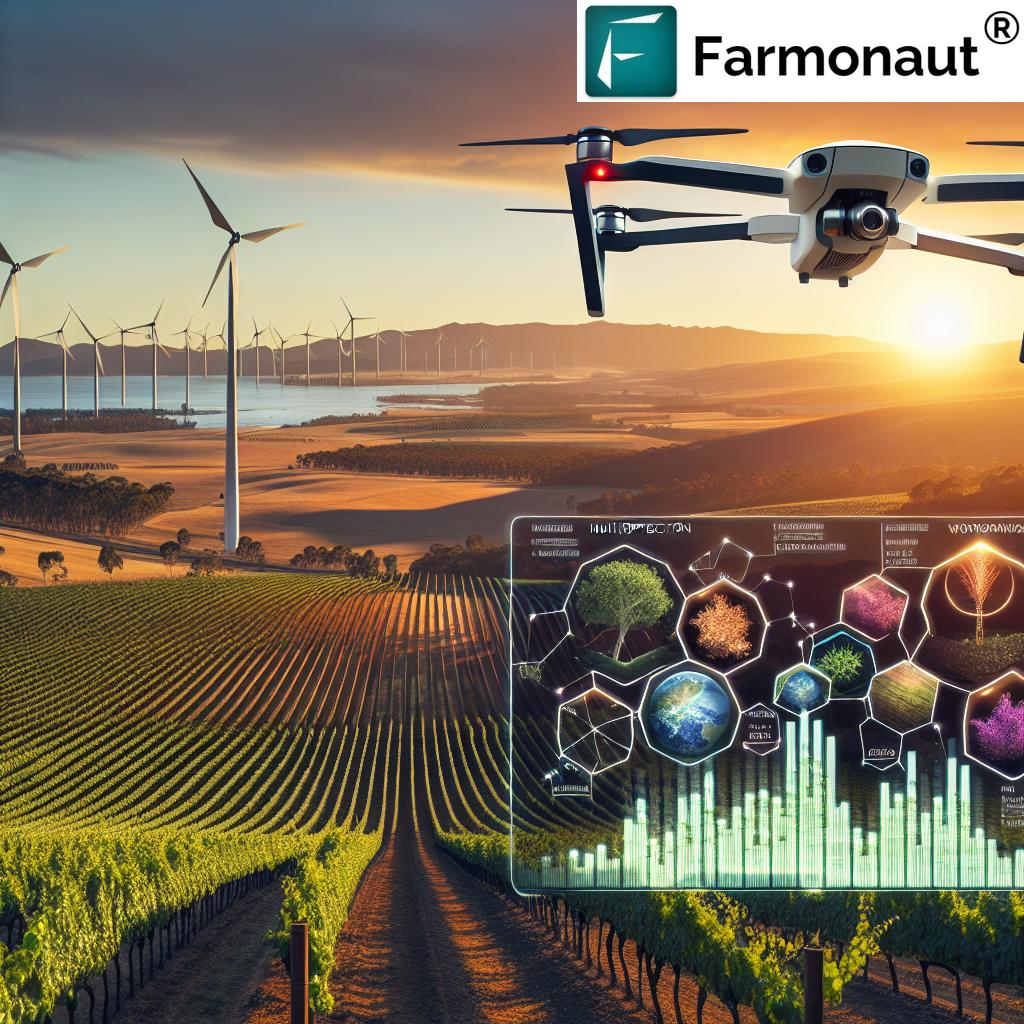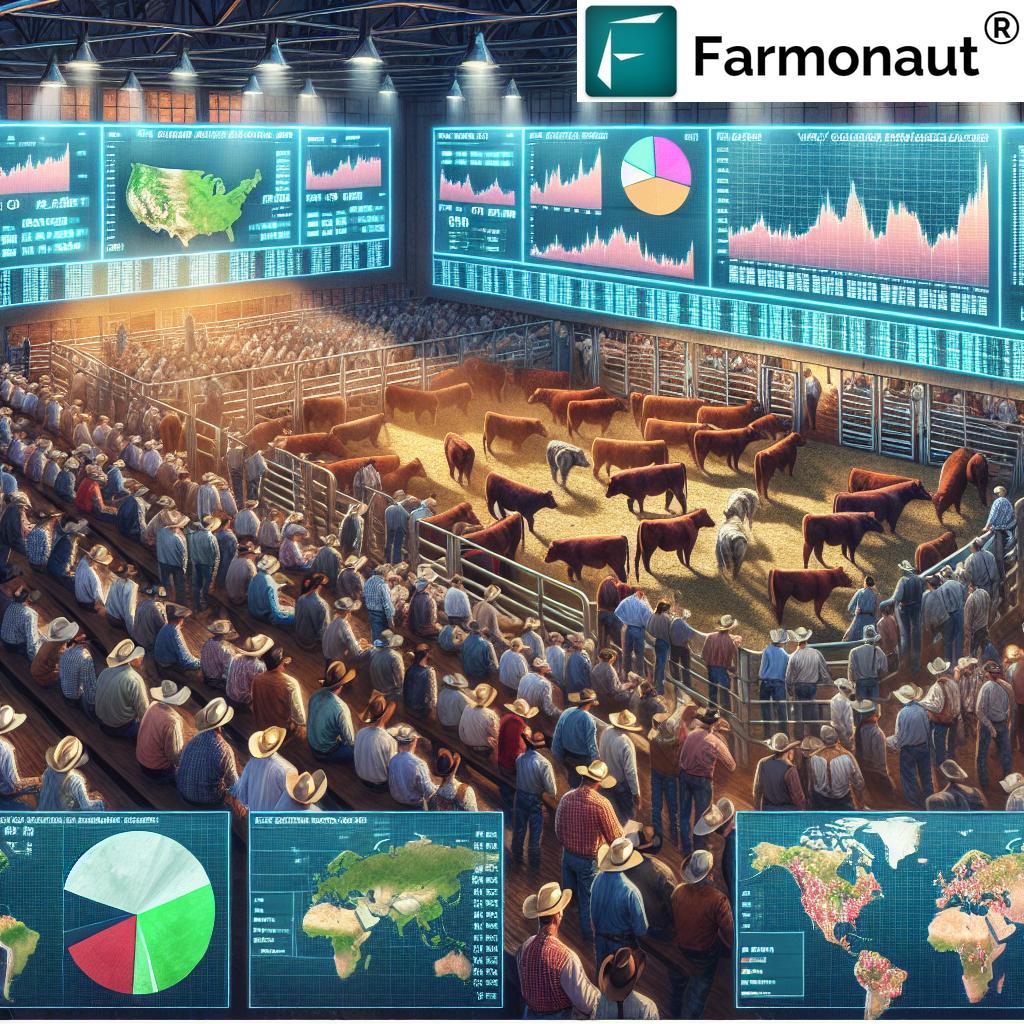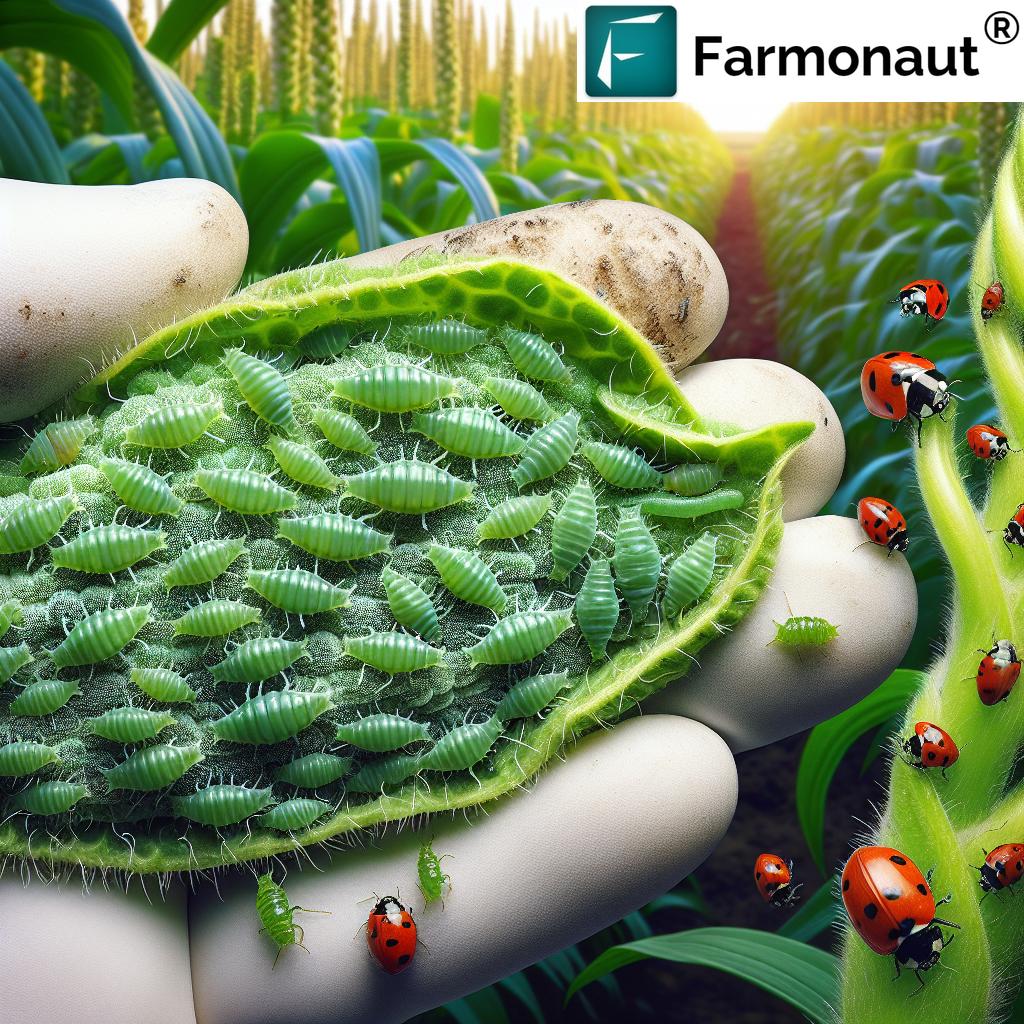“Over 70% of global food companies now use blockchain for agricultural traceability and supply chain transparency.”
Agriculture Traceability: 7 Tech Secrets Food Giants Use
In today’s modern agricultural landscape, traceability stands as a pillar for food safety and traceability, regulatory compliance, and consumer trust in food products. The term agricultural traceability refers to our ability to track and document every step in the journey of food products—from farm origin to the end consumer. This comprehensive system not only fortifies food safety but also enhances transparency, sustainability, and supply chain efficiency. With increasing consumer demand for transparency and accountability, leveraging cutting-edge technology like blockchain, IoT, and AI is no longer optional—it’s essential.
The Importance of Agricultural Traceability
Let us explore why traceability in agriculture has become vital for all stakeholders—farmers, distributors, regulators, and consumers alike.
- Food Safety and Public Health: Traceability systems are critical for rapidly identifying and addressing food safety issues, such as contamination. By enabling prompt identification of the source, targeted recalls become possible—thereby reducing risks to public health and restoring confidence.
- Consumer Confidence and Transparency: Today’s consumers are deeply invested in the safety and origins of their food. A robust traceability system delivers detailed information about how products are grown, processed, and shipped—empowering buyers to make safe, ethical choices and enhancing trust.
- Regulatory Compliance: Global and local bodies are strictly enforcing regulations that make traceability compulsory. Efficient system implementation ensures accurate record-keeping for audits and smooth market access.
- Sustainability and Environmental Responsibility: Traceability provides insight into farming practices impacting the environment, enabling stakeholders to monitor, improve, and demonstrate sustainable agriculture at scale.
What is Agricultural Traceability?
Agricultural traceability refers to our capacity to track, record, and monitor the journey of food products throughout every stage—production, processing, distribution, and sale. At its core, this concept involves capturing data at each node, ensuring visibility and allowing for detailed investigation whenever needed.
Farm-to-Table Transparency: The Heart of Modern Agriculture
As transparency becomes a selling point, “farm-to-table” is more than a buzzword—it’s a promise to consumers. Traceability systems, especially those enabled by digital technology, allow us to showcase the full story of food, from the very soil it grows in to the table it lands on. This not only builds consumer trust in food products but cements a brand’s reputation for safety, quality, and responsibility.
“IoT sensors can track produce from farm to shelf, reducing food fraud by up to 50%.”
The 7 Tech Secrets Food Giants Use for Agriculture Traceability
Behind the smooth functioning of modern traceability in agriculture lies an arsenal of emerging technologies. Let’s reveal the seven transformative innovations that are reshaping food safety, supply chain efficiency, and transparency today.
1. Blockchain in Food Supply Chain
Blockchain technology has radically enhanced traceability systems across the agricultural supply chain. Its core benefit? An immutable, secure, and transparent ledger that records every action, transfer, and transformation of a product—from farms to retailers.
- Each batch or lot is recorded as a distinct entry, ensuring data cannot be altered or deleted, making the system tamper-proof.
- In the event of contamination or fraud, blockchain accelerates identification and containment by revealing the precise history of every product.
- It assures consumers and buyers that the information provided is authentic.
For businesses seeking ultimate transparency: Farmonaut’s Product Traceability solution uses blockchain to give producers, large food companies, and textile brands the ability to track and authenticate their products’ journey and provenance.
2. IoT in Agriculture
The Internet of Things (IoT) is revolutionizing agricultural traceability through end-to-end, real-time monitoring. Here’s how IoT empowers the food supply chain:
- Environmental sensors monitor temperature, humidity, and storage conditions vital for perishable goods.
- RFID tags and smart sensors attached to crates or pallets allow for seamless tracking from harvest to final shelf.
- Real-time alerts enable farms and distributors to address issues—like a temperature breach—before products are compromised.
Example: Imagine a refrigerated truck transporting strawberries. IoT devices constantly collect and transmit temperature data to a central system. If a fluctuation occurs, immediate action can be taken, minimizing the risk of spoilage and costly recalls.
Farmonaut’s platform integrates IoT data streams with satellite imaging and machine learning, helping users track and optimize every stage of the supply chain. Read more about IoT in modern farm management.
3. Artificial Intelligence (AI) & Machine Learning
AI and machine learning transform agricultural data into actionable intelligence, disrupting stale processes. Here’s how AI is reshaping traceability in agriculture:
- AI-driven pattern recognition uncovers subtle anomalies in field health or logistics data, flagging potential risks early.
- Predictive analytics allow farmers and producers to anticipate quality issues, reducing food waste and the incidence of recalls.
- Automated decision-support systems increase efficiency and consistency across vast areas of operation.
Farmonaut’s Jeevn AI Advisory System is a standout innovation, providing customized, real-time insights based on satellite and field data for smarter, safer, and more sustainable agriculture.
4. Satellite Imaging & Remote Sensing
Satellite-based monitoring gives us a ‘bird’s-eye view’ over huge tracts of agricultural land, driving precision farming and sustainable traceability:
- Detects crop health variations, soil moisture deficits, and even potential pest infestations across large-scale farms.
- Provides comprehensive evidence for regulatory compliance, crop insurance verification, and ESG reporting.
Farmonaut leverages multispectral, real-time satellite imagery to monitor crop health (NDVI), predict yield, and provide actionable advice to users globally—making it a cost-effective, scalable alternative to traditional hardware-based monitoring systems.
5. Mobile Applications for Traceability Systems
Easy access and on-the-go data entry are vital for real-world traceability system implementation. Mobile apps serve as the digital glue connecting farmers, distributors, and consumers with comprehensive traceability solutions.
- Real-time logging of production, processing, and distribution activities—they digitize daily records and eliminate manual errors.
- Easy-to-use interfaces for scanning QR codes, viewing product information, and submitting compliance data.
- Direct access to traceability data for end-buyers—enabling everyone to verify product origins directly from their device.
The Farmonaut mobile app is available for Android, iOS, and as a web/browser platform. It’s designed to make advanced farm management and traceability effortless and accessible for users worldwide.
6. Smart Labels for Food Traceability: QR & RFID
Smart labels utilize advances like QR codes, NFC, and RFID to connect physical products with up-to-the-minute digital records.
- QR codes printed on packaging can be scanned by consumers to view a product’s traceability journey—from field treatments, harvest date, to location.
- RFID tags simplify supply chain logistics; they enable automated, non-line-of-sight scanning, perfect for rapid, bulk tracking.
This user-facing transparency—farm-to-table traceability—not only increases trust but offers a compelling brand advantage in a crowded food industry.
Are you committed to sustainability and environmental responsibility? Analyze your farm’s carbon impact using Farmonaut’s Carbon Footprinting Tool – monitor, report, and reduce emissions for improved compliance and brand value.
7. AI-Powered Fleet and Resource Management Systems
Modern traceability extends to managing fleets and farming resources, ensuring efficiency, security, and compliance.
- Real-time fleet tracking aids in the identification of transportation delays, reduces the risk of contamination during transit, and enhances public food safety.
- AI algorithms optimize logistics and resource use on large agricultural operations.
Streamline your logistics and resource efficiency with Farmonaut’s Fleet and Resource Management solution.
Comparative Feature Table: Technologies in Agriculture Traceability
| Technology Name | Primary Function | Estimated Adoption Rate (%) | Impact on Transparency | Traceability Capability | Notable Example/Application |
|---|---|---|---|---|---|
| Blockchain | Immutable & secure transaction records | ~70% | High | Advanced | Transparent farm-to-table traceability in honey, coffee, and fresh produce |
| IoT Sensors & RFID | Real-time monitoring & automated tracking | ~60% | High | Advanced | Temperature/humidity sensors in cold chain management, RFID in produce logistics |
| Artificial Intelligence | Pattern identification & predictive analytics | ~40% | Medium | Advanced | Machine learning-driven recall reduction (up to 95%), AI field advisory |
| Satellite Imaging | Crop/field monitoring at scale | ~30% | Medium | Basic–Advanced | Real-time NDVI analysis, yield prediction, insurance verification |
| Mobile Applications | Data entry, real-time access, and transparency | ~80% | High | Advanced | Mobile farm management, QR scan for product origins |
| Smart Labels (QR, RFID) | Consumer transparency & automated identification | ~40% | High | Advanced | End-user scan for traceability details, instant digital linkage |
| Fleet & Resource Management Systems | Optimizing logistics; reducing losses | ~25% | Medium | Advanced | Route optimization, fuel/resource usage analytics, secure delivery |
Challenges in Implementing Traceability in Agriculture
While these technologies open exciting opportunities for food traceability, let’s address the real-world challenges encountered in deploying and scaling such comprehensive systems:
- Data Integration & Interoperability: Disconnected platforms and data silos complicate seamless tracking across all supply chain actors. Open data standards are essential for true industry-wide agricultural traceability.
- Rural Infrastructure & Connectivity: Limited internet and electricity in rural networks can hinder real-time data transfer and system reliability.
- Investment & Cost Barriers: Upfront costs for new hardware, software, and training can deter small- and medium-sized farmers from adopting traceability systems.
- Data Security and Privacy: As sensitive agricultural records are digitized, the risk of cyber threats rises. Data integrity and robust cybersecurity are crucial to maintaining trust.
- Complexity and User Adoption: Designing solutions that are simple, intuitive, and user-friendly is just as vital as technological sophistication. Training, ongoing support, and engagement from all participants ensure smooth, effective traceability system implementation.
Farmonaut addresses these hurdles by providing platform flexibility—offering APIs for integration (API Docs), as well as scalable, rural-friendly apps for field data entry.
Need accurate farm verification and risk assessment? Explore
Farmonaut’s Crop Loan and Insurance Verification platform for streamlined banking/insurance processes, using satellite imagery to verify farm conditions and minimize fraud risk.
Farmonaut: Revolutionizing Agricultural Traceability, Globally
As traceability in agriculture becomes a global imperative, Farmonaut stands at the cutting edge of agricultural supply chain technology. We democratize advanced food safety and traceability with AI, satellite imaging, blockchain, and mobile applications. Here’s how we empower every stakeholder—from smallholder farmers to multinational food companies:
- Cost-effective Crop Health Monitoring: Use real-time, high-resolution satellite imagery to identify patterns in crop vitality, soil moisture, and field stress, helping increase yields and reduce input waste.
- AI-Driven Jeevn Advisory: Get personalized insights and predictions (weather, risk, optimal actions) for precision farming using AI-powered analytics.
- Blockchain-Enabled Product Traceability: Boost transparency and consumer trust using immutable ledgers covering every stage—meeting even the most stringent regulatory requirements.
- Mobile, Web, and API Access: Our solutions are available as easy-to-access apps and as robust APIs for custom integration (see developer documentation).
- Environmental Monitoring: Accurate carbon footprinting helps ensure sustainability in food production and supply (Farmonaut Carbon Footprinting Tool).
- Comprehensive Fleet Management: Control logistics, minimize delays, and enhance driver safety (Fleet Management).
- Flexible Business Model: Subscription packages for every actor—from individual farms to government-scale monitoring and global agribusinesses.
- Scalability and Accessibility: From
large-scale plantations to smallholdings—our services scale with your growth.
Ready to empower your agricultural operations? Try Farmonaut’s end-to-end solutions for traceability, AI insight, environmental compliance, and more on web and mobile apps, or through custom API integrations.
Future Trends in Agricultural Traceability
- Advanced Blockchain Integration: The next generation of blockchain in food supply chain will interlink with smart contracts, AI, and IoT—enabling automated compliance, smarter risk management, and visual product storytelling for consumers.
- Hyper-Personalized Data & Smart Labels: Smart labels will soon provide not just lot and batch data, but customized environmental impact scores, recommended recipes, and up-to-the-minute footage of farms—allowing for radical transparency and deeper connection with brand values.
- Mass Adoption of Predictive AI: Instead of responding to food safety issues post-fact, machine learning models will continually assess real-time streams of operational data, flagging concerns before they escalate—enhancing both quality and safety.
- Decentralized Platforms for Smallholders: Accessible mobile apps and affordable subscription models will bring industrial-grade traceability within reach of even the smallest farms, bridging the digital divide.
- Carbon and Water Accounting: Environmental monitoring will become non-negotiable for global food companies as ESG and traceability requirements converge.
- Growing Consumer Demand: Transparency will shift from “nice-to-have” to “must-have” in food marketing—driving continual investment in traceability innovation.
Farmonaut is committed to leading this future—integrating powerful, scalable, and accessible solutions for next-generation traceability in agriculture and global food safety.
FAQ: Agricultural Traceability & Food Safety
What is agricultural traceability?
Agricultural traceability is the process of tracking and documenting the production, processing, and distribution of food and agricultural products. It creates a transparent system where stakeholders can verify the origin, handling, and pathway of any food product.
Why is traceability critical for food safety?
Traceability systems enable rapid identification of the source in case of contamination or health concerns. This ensures fast, targeted recalls, minimizing public health risks and restoring consumer trust.
How does blockchain improve food traceability?
Blockchain in food supply chain creates a permanent, secure record of every transaction and movement. This digital ledger can’t be tampered with, guaranteeing the validity of traceability data for food safety, quality, and regulatory compliance.
What is the role of IoT and RFID in traceability?
IoT devices and RFID tags automate the monitoring and tracking of products, environmental conditions, and logistics. They support real-time alerts, reduce losses, and enhance transparency throughout the supply chain.
How can small or medium farmers implement traceability?
Cost-effective platforms—like Farmonaut’s mobile and web apps—enable smallholders to access state-of-the-art traceability, crop health monitoring, and data-driven advisory without steep investments. Flexible subscription models allow scalable adoption.
Are smart labels only for big brands?
No! Smart labels (QR codes, RFID) can be used by all producers, from small farms to global companies. They’re increasingly affordable and accepted industry-wide for enhancing consumer transparency and trust.
How do I get started with a modern traceability system?
Start by assessing your readiness and needs, then choose a trusted, cost-effective platform. Farmonaut offers step-by-step onboarding, training, and scalable solutions for all sectors—explore at farmonaut.com.
Conclusion: Building Trust and Sustainability with Agricultural Traceability
The demand for agricultural traceability is clear and growing. Leveraging blockchain, IoT, AI, satellite data, and smart labeling transforms how we deliver safe food, comply with regulatory standards, and achieve true transparency in global food systems. While challenges exist, the rapid pace of technological innovation—combined with scalable, cost-effective platforms like Farmonaut—is making sustainable, secure, and traceable food production a reality for farmers, agribusinesses, and everyday consumers. As we embrace these advances, we not only reduce risks but also unlock new levels of efficiency and trust, ensuring a healthier, more responsible future for all.






